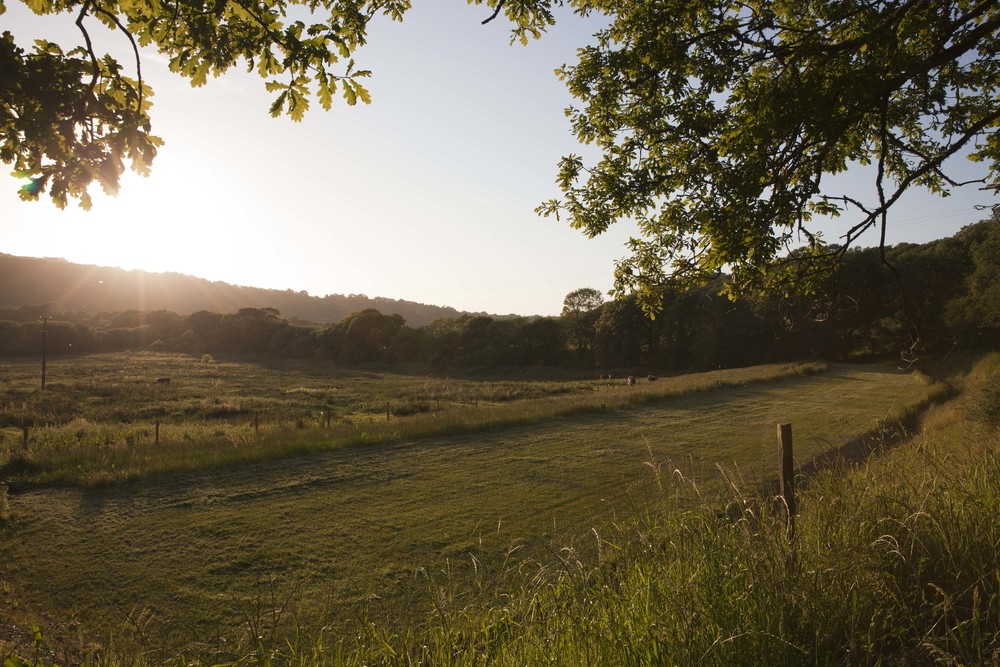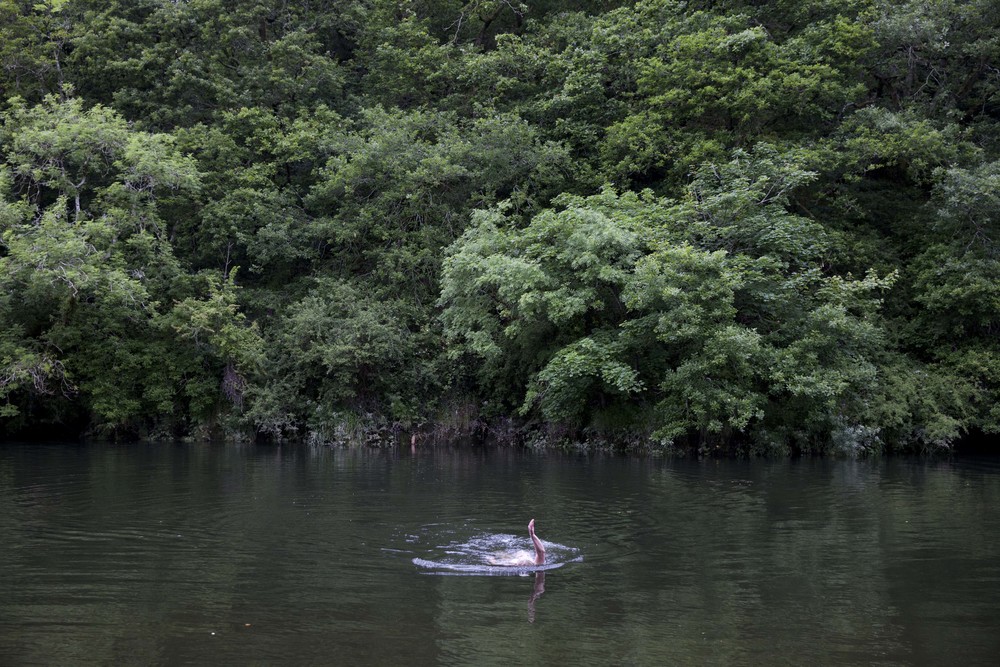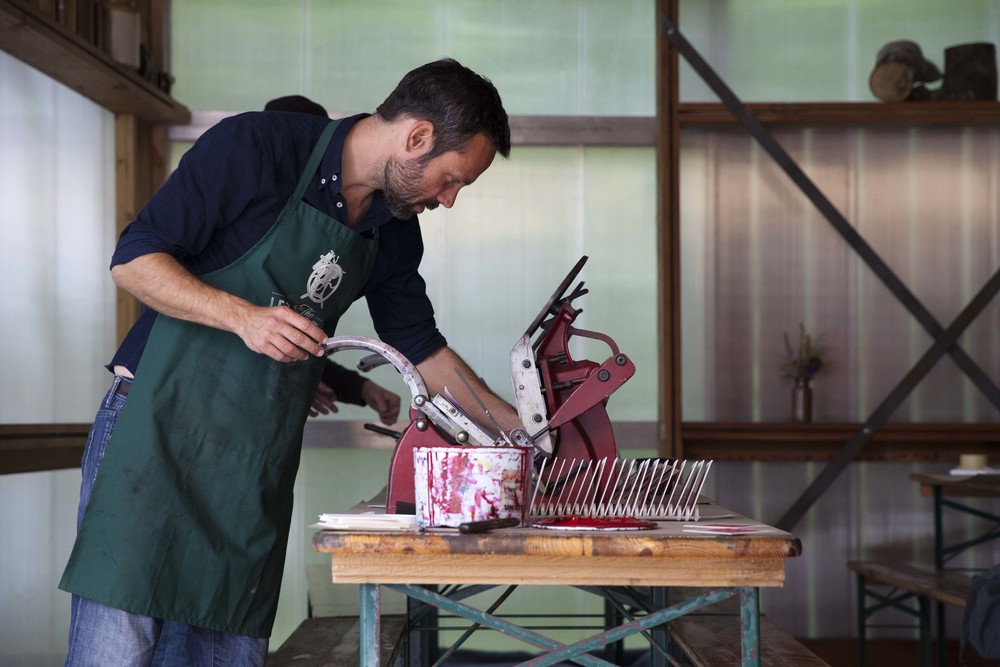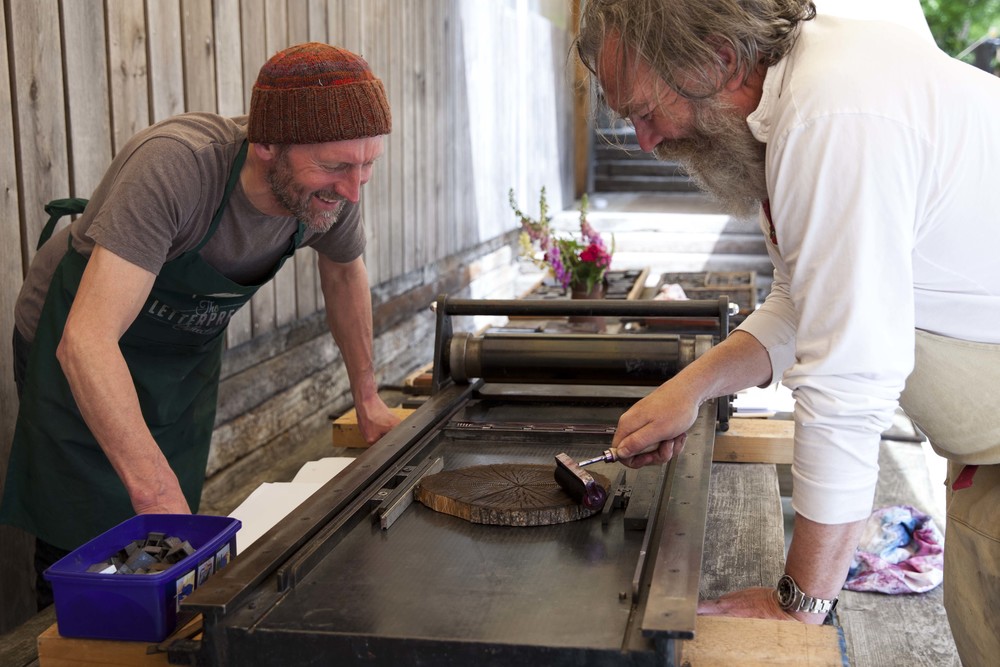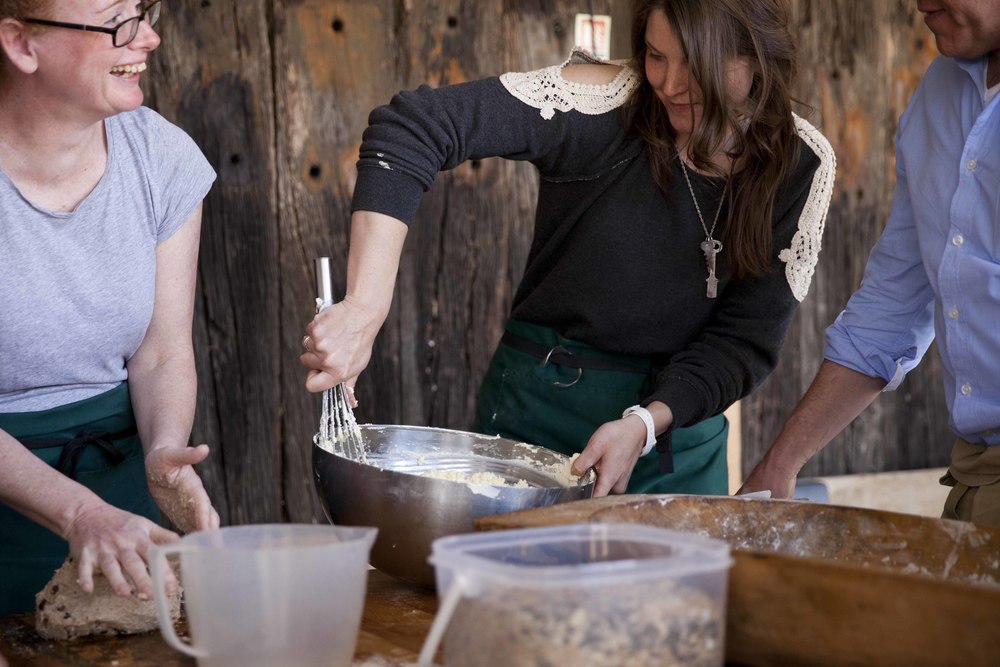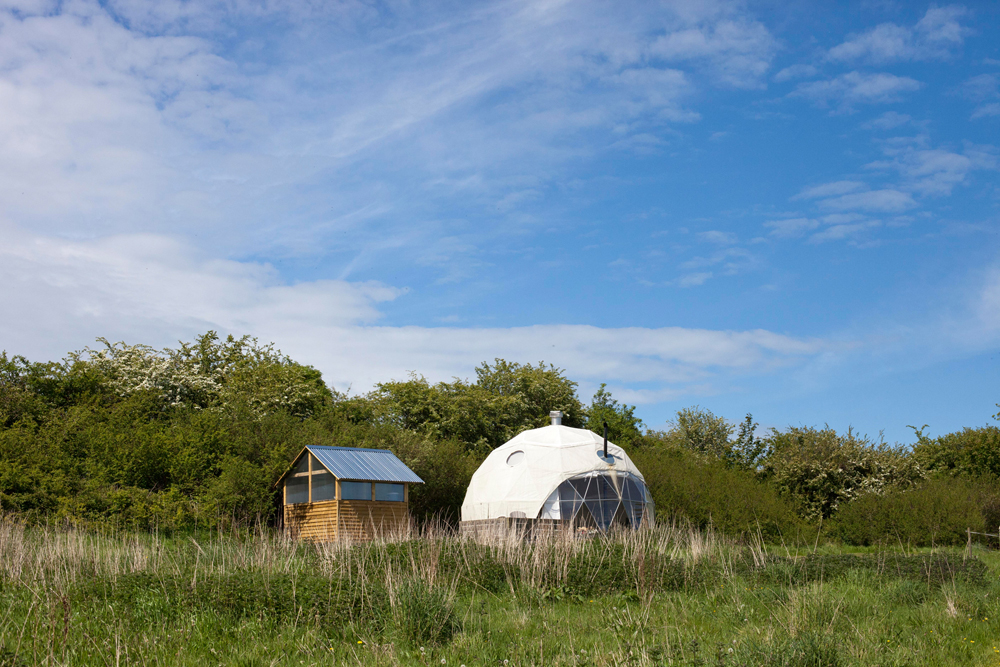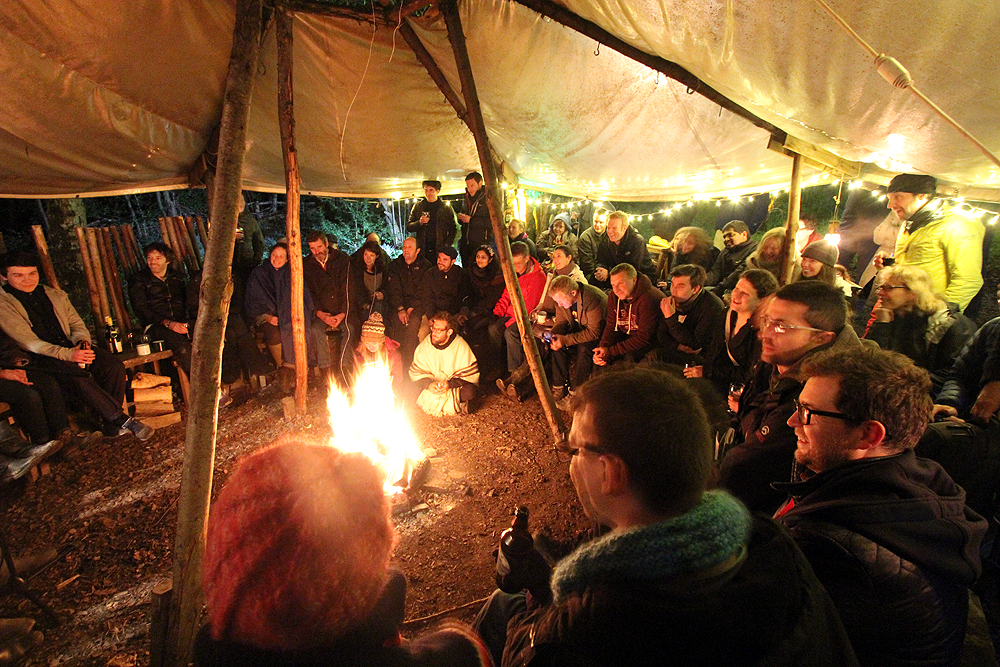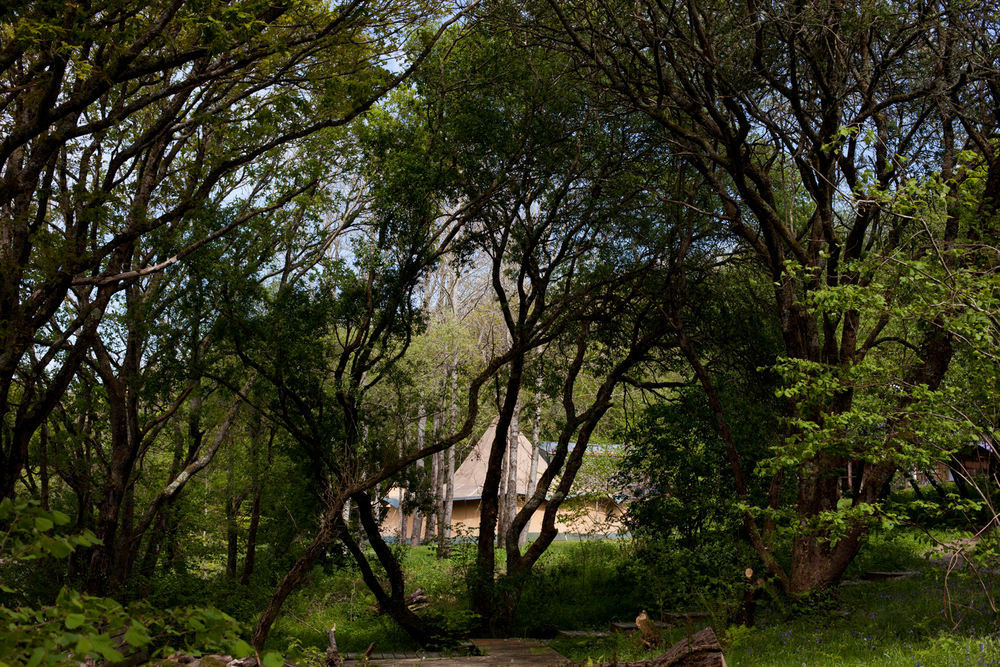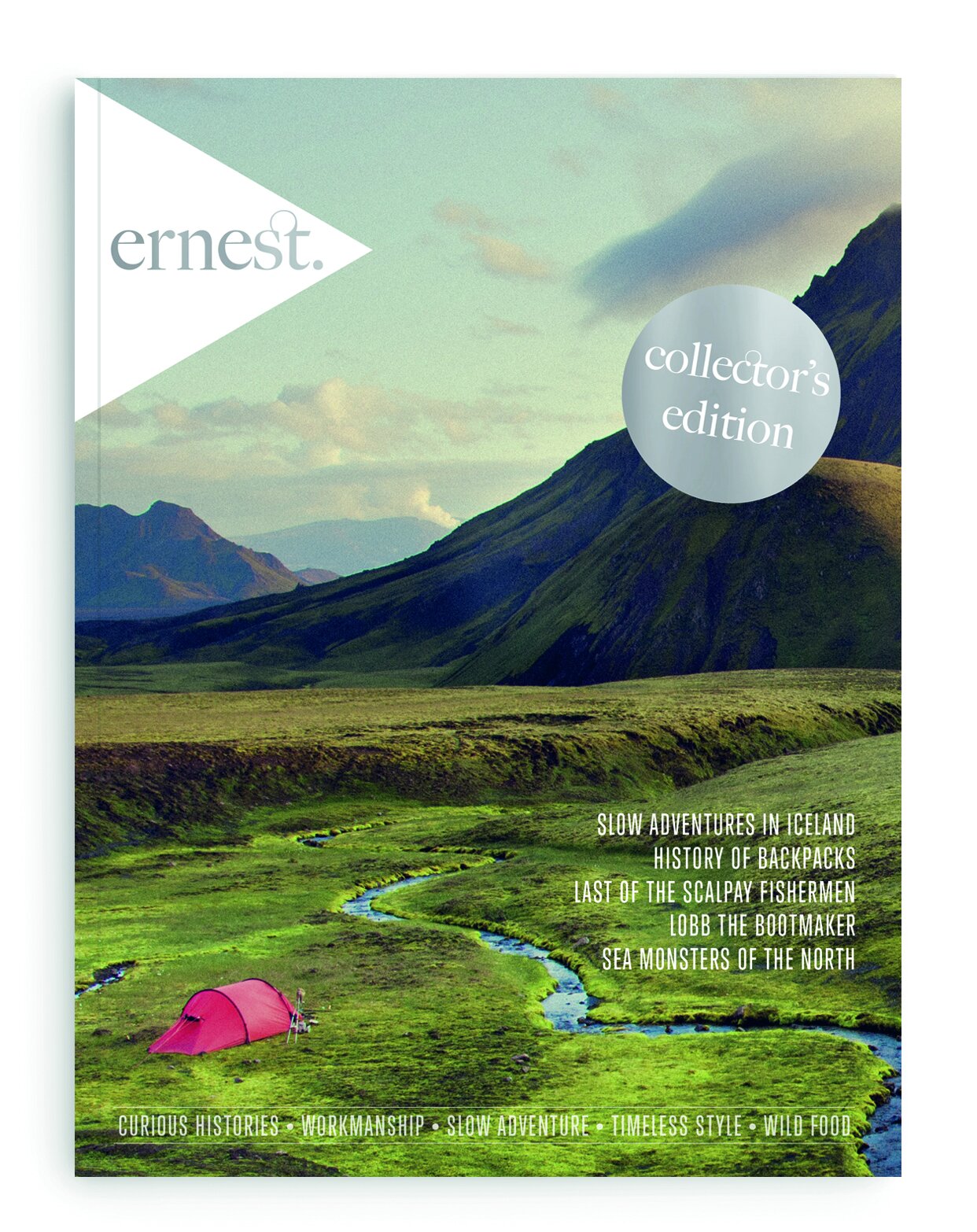Prospect-Refuge Theory
In his 1975 book The Experience of Landscape, geographer-poet Jay Appleton proposed a theory for why we perceive certain landscapes as beautiful and others as bleak. After a period of sprawling research exploring the occurrence of landscapes in art and science, he developed a system for quantifying the lived experience of landscape
Image: freeimages.com
Jay Appleton began with a ‘Habitat Theory’, which examined animal responses to their surroundings, and extended that to humans through our unique ability to understand symbols. He suggests that as we developed from our hunter-gatherer ancestors we came to understand previously-real threatening and comforting aspects of the landscape symbolically. Storm clouds, chasms and shadowy places were still felt to be potentially dangerous, though those dangers might no longer be directly experienced in the same way. He concluded that most people have an “inborn desire” for environments that allow the capacity to observe without being seen – to assess threats from a place of safety. He called this the ‘Prospect-Refuge Theory’.
Appleton recognised that there is no direct language for talking about the emotion of a place. We may describe a landscape as making us feel “happiness” or “foreboding”, “grief” or “ecstasy”, but the feeling of those words is very distant from the form of a landscape in a way that it wouldn’t be from the form of a situation involving a person. We are, he says, “using a second-hand terminology to describe a relationship which we do not properly understand”.
To try to narrow this distance he developed a series of objective measures that might allow us to evaluate a landscape in this way. Prospects, for example, may be Direct or Indirect (deflected, removed or offset in some way). Direct Prospects are subdivided into Panoramas – Simple or Interrupted – and Vistas, which can be Simple, Horizontal or through Peepholes. Panoramas and Vistas may be open or closed and have varying lengths of “fetch” (how far you can see). There is a similar classification system for Refuges, Hazards and Surfaces. With these tools, Appleton hoped to bridge the gap between the scientific and artistic studies of the outdoors to create a new theory of landscape aesthetics that was reliable and consistent while also accounting for our subconscious emotional response to a setting.
Appleton died last month, but this idea is his enduring legacy. As a tribute, I thought I’d use the Prospect-Refuge Theory to analyse the hundred most popular, copyright-free images of landscapes on Flickr to see if there are any patterns to the landscapes we choose to photograph.
I began by overlaying the images on top of one another, to see if any general patterns would emerge. I lined up the horizons and made the images the same width but otherwise left the images untouched.
The result was not hugely elucidating. It seemed to show that we enjoy barren, foggy, hell-scapes, which is probably untrue. There were some slight patterns emerging though - the sky is blue, the land is quite green, a darkening at either side of the image sloping down towards the centre of the horizon suggests we like landscapes framed by hills…
I made a spreadsheet and recorded the number of Appleton’s symbols present in each image. The most popular was a Refuge of vegetation - forests, bushes, plantations. 66% of the images contained enough vegetation to hide in. Also popular (56%) was a Secondary Vantage Point - somewhere we could get to in order to see further. The least popular, strangely, was ships. None of the images contained a boat, even though 21% contained enough water to hold one. Initially I was surprised, but then I imagined the image below if there was a boat on the water and it felt very different to me, as though the boat claimed some sort of ownership of the scene.
Most tellingly, 91% of the images included some form of refuge, 99% contained some symbol of Prospect, and 96% included symbols of both. Assuming we would only choose to photograph landscapes with some aesthetic value, this seemed to support Appleton’s ideas.
Finally, I wanted to find which of these images would be considered most and least attractive by this metric. I added together the total number of different types of Prospect and Refuge symbols in each image, subtracted the number of Hazards, then ordered the images by the result.
In the picture with the lowest score, we are fenced in on a road to nowhere. We stick out against the uniform crop plants around us, unsure of where we’re going. It’s getting late and it’s about to rain.
In the top-ranked photo, we stand proud on a verdant alpine meadow, commanding our surroundings. Ahead of us are better vantage points. It’s a calm day and we have time. If we wish to go higher, there are safe routes through trees and behind rocks. A gentle slope would deliver us to the lowlands, again sheltered by forest.
Assessing a hundred images in this way was an interesting exercise. Looking past the aesthetic value of the photograph as an object makes us place ourselves in the scene as pioneer, fugitive, castaway, bandit-king to ask, “what is it I feel about this place, and why?” The Prospect-Refuge Theory offers the beginning of an answer to this.
In the conclusion to the book, Appleton borrows a musical analogy and describes himself as playing a bridge passage on a solo instrument, “leading the imagination onwards into the next movement in which the full orchestra must be involved”. Since its publication, the tools have been employed to analyse children’s paintings, map crime in the city, build better university campuses, determine preferred tree shapes, improve light distribution in dynamic street lighting etc. The broad application of these methods surely fits his stated intention of engaging specialists from many different fields and is a tribute to the breadth of scope of his work, bringing together art and science through our shared appreciation of landscape.
Words by contributing editor Guy Lochhead
Caught by the River Teifi, 10-17 August
A week of music, workshops, adventures, talks, campfires, good food, good people and good times
fforest is teaming up with their friends Caught by the River to bring you a whole week of music, workshops and adventure at fforest farm and River's Edge in Cardigan.
Revellers can choose to come and relax for the whole week or just come for the weekend festival by the river. Basically, it's a Welsh adventure in two parts:
fforest midweek: 300 people in 200 acres of bliss at fforest farm, 10-14 August
A truly unique gathering, offering the chance to explore one of the most idyllic, unspoilt outdoor locations in Britain. Four days of painting, whittling, baking, field recording, swimming, canoeing and woodsmoke. There will also be live music, dancing in the barn and, of course, sleep.
River's edge weekend: 500 people on the riverside in Cardigan, 15-17 August
A proper mini-festival with a brilliant line-up of bands and DJs from Wales and beyond curated by Caught By The River, talks and and readings hosted by the Wales Arts Review and local food and beer from the good people of fforest and friends.
Guests include: Jeb Loy Nichols, Nick Hand, Rob St John, Matt Sewell, Cynan Jones, Castle, Colorama and many, many more.
To find out more and to book tickets visit teififestival.co.uk
A guide to classic hats: the fedora
Allon Zloof, founder of London hat maker Tom Smarte, is your guide to choosing the perfect hat to suit your face shape and complement any ensemble. This time it's Indiana Jones' signature headpiece – the fedora
Fur and merino felt Fedora, £250 Photo: Hanson Leatherby
The word 'fedora' comes from the title of an 1882 play by Victorien Sardou, whose work popularised this style of hat when it was worn by the cross-dressing lead actress Sarah Bernhardt.The hat evolved from the very formal homburg style and became popular in the 1920s. A fedora is characterised by having a wide brim, 5-6cm, snapped down at the front and a pinched crown. It is usually made from felt as a winter hat, or from Panama straw as a summer option.
Who it suits
The fedora is very easy to wear and suits most faces, except for those with a short face shape.You should think of a hat as a way to provide symmetry and balance to your face – if the length between your eyebrows and chin is on the short side, a fedora would look too top heavy.
How to wear it
Always place a fedora from the front of your head to the back and adjust with a very slight tilt to the side. Pair a felt fedora with a trench coat, tailored suit or leather jacket (think Indiana Jones) or a Panama fedora with slim fit chinos or tailored shorts and a linen shirt.
This is a sponsored blog post, created in collaboration with Tom Smarte. For more information on partnerships and joining our directory, please email advertise@ernestjournal.co.uk.
Mateus Rosé
What do Saddam Hussein, Jimi Hendrix and The Queen have in common? It's sweet, it's fizzy and it's pink
Illustration: Louise Wyatt
Mateus Rosé, with its crazy pink colour, presented in the flask-shaped bottle we know so well, was quaffed by Jimi Hendrix and fuelled Neil Young’s On the Beach. It was found hoarded in Saddam Hussein’s palace after his fall in 2003, and is apparently one of Fidel Castro’s favourite wines. The Queen reputedly drinks it when she dines alone.
Fernando Van Zeller Guedes first produced this sweet, fizzy rosé in the 1940s from Portuguese red grape varieties that were vinificated into white wine. Guedes sent two bottles to Portuguese ambassadors across the world, inviting them to try the wine and give a bottle to a friend.
This distribution strategy really worked, and by the 1970s it was globally popular. Its sweetness and low price appealed to teens, and its exoticness was seen as sophisticated by middle-class families. And it might just be the only thing rock stars, communists, fascists, teenagers and The Queen can agree on.













